Light Bulbs
gadgets
21 years ago
Related Stories
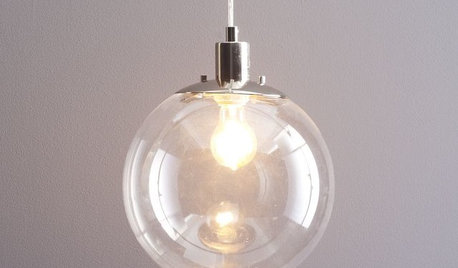
LIGHTINGGuest Picks: Exposed Bulb Lighting
Celebrate the filament bulb with 20 stylish lighting options
Full Story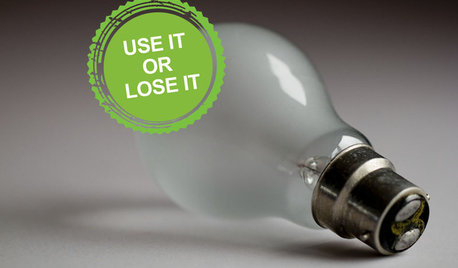
DECORATING GUIDESLose It: How to Get Rid of Old Light Bulbs
When the light goes out, you'll want to get rid of the bulb safely. Here's how
Full Story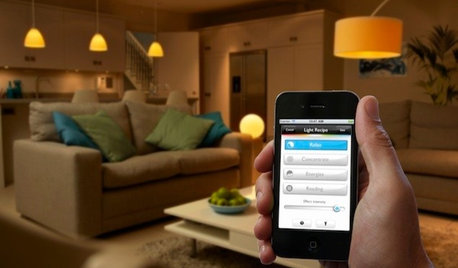
HOME TECHHere's a Bright Idea: Smart Bulbs for Better Lighting
Lightbulbs that can change brightness and color with a cell phone command show flashes of design brilliance
Full Story
LIGHTINGAntique Chic: Edison Bulbs
Industrial-Style Filament Bulbs Reinvent Lighting (Again)
Full Story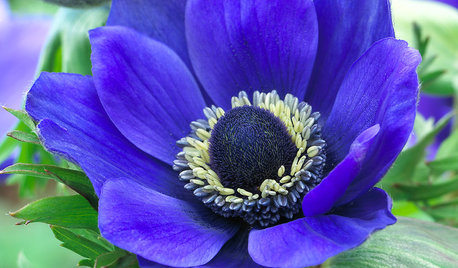
FALL GARDENING6 Splendid Blue-Flowering Bulbs
How do you blue? With colors from sky to cobalt, these bulbs will greet you merrily in a spring garden
Full Story
GARDENING GUIDES6 Unsung Bulbs for Fall Planting
Don't hang up your spade after summer — plant these unusual bulbs in fall for a spectacular spring show
Full Story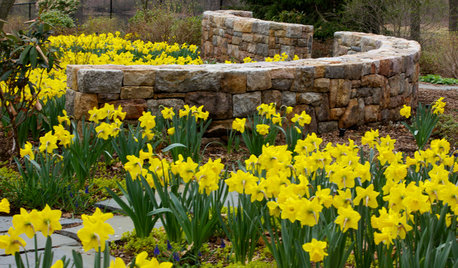
GARDENING GUIDES10 Beautiful Ways to Landscape With Bulbs
Planting bulbs wisely in fall can turn a spring garden glorious with joyful colors and profuse blooms that last through summer
Full Story
GARDENING GUIDES7 Bulbs That Flourish in Mild Climates
Fall planting: For gardens that don't see harsh winters, different guidelines for choosing and planting spring-blooming bulbs apply
Full Story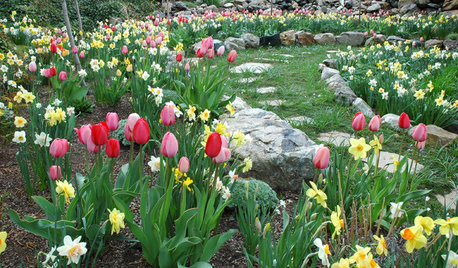
GARDENING GUIDESGardening With Kids: How to Plant Bulbs
You don't need expertise to get flowering bulbs in the ground in fall — but kids will feel like gardening pros come spring
Full Story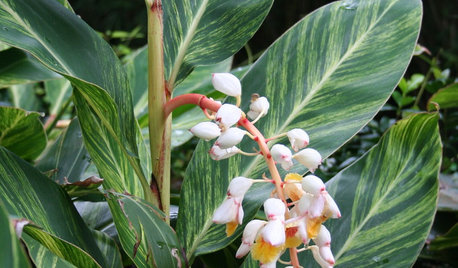
GARDENING GUIDES7 Tropical Bulbs for a Summer Garden That Wows
Try these stunners in summer's powerful heat for garden thrills with an exotic flair
Full Story


worm
bbonnn
Related Discussions
Light bulbs burning out prematurely in can lights
Q
Light bulb for exposed bulb pendants
Q
Above ground pool light - identify light bulb?
Q
lighting for workroom help- light bulb questions
Q
DingBat
secapps
splinter
tony
DingBat
splinter
Brian_Hall
splinter
gadgetsOriginal Author
tony
eric_w
suzyq2631
static1701
secapps
joann23456
albert_135 39.17°N 119.76°W 4695ft.
pkguy
missjulied
splinter
tony
DaisyMiller
windchime
phyllis_philodendron
splinter
Carlotta_Bull
windchime
splinter
joyfulguy
splinter
Bridget
lvm6
bry84
joyfulguy
prettyphysicslady
bry84
darcylars
mikie_gw